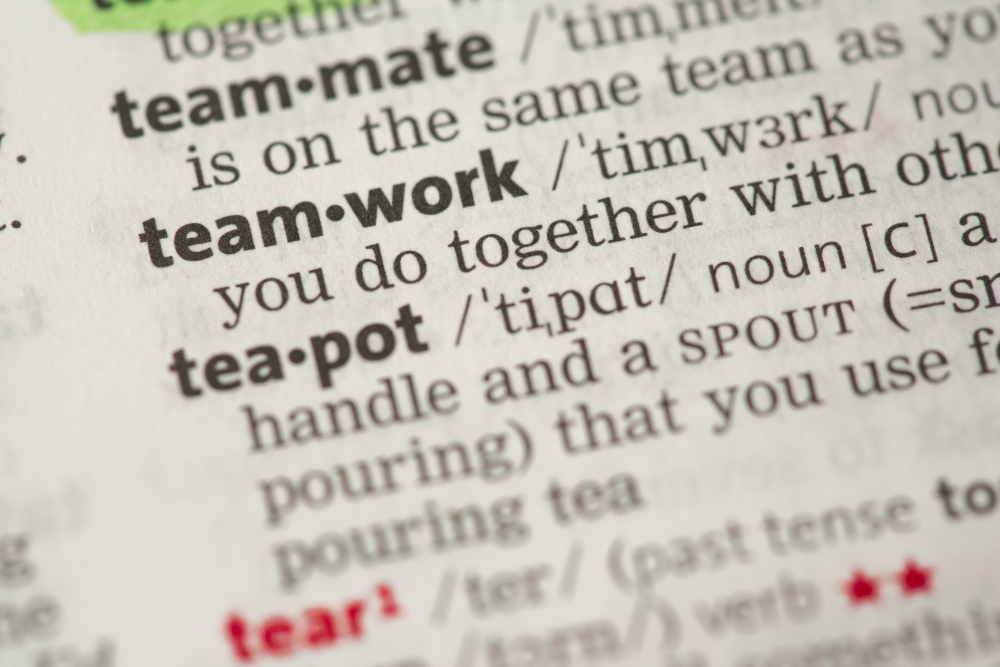Los 10 errores gramaticales más comunes al escribir en inglés
Escrito por Británico

Cuando empezamos a aprender inglés, es normal que cometamos errores, especialmente si no dominamos aún la gramática. No te preocupes, esto tiene una solución; el BRITÁNICO te trae un post que te ayudará a detectar ciertos errores gramaticales al escribir en inglés para que puedas corregirlas al momento de expresarte.
IMPORTANTE: Las explicaciones que encontrarás son básicas, hay usos más complejos que no están indicados en este post . Para conocer y entender más, busca información en tus libros de inglés, pregunta a tu teacher favorito o abre los enlaces que hemos dejado en algunas partes de este artículo.
10 errores gramaticales comunes al escribir en inglés
1) A / The
Un error común porque el castellano es muy diferente en este particular. “A” y “The” se diferencian como artículos determinados e indeterminados. En otras palabras, podemos saber si nos referimos a algo en general o específico.
SI TENEMOS QUE EMPLEAR “A” EN UNA ORACIÓN, NOS REFERIMOS A ALGO EN GENERAL:
– Choose a restaurant, please.
- Let’s play a video game.
SI TENEMOS QUE UTILIZAR “THE” EN UNA FRASE, MENCIONAREMOS ALGO EN ESPECÍFICO:
– Call the restaurant we went to last week, please.
- Let’s play the video game you’ve been telling me about.
2) Apostrophe (apóstrofe)
Este signo de puntuación parecido a una comilla nos puede desorientar un poco al momento de situarlo en una frase escrita.
EL APÓSTROFE SE USA PARA LOS POSESIVOS:
– Tom’s teacher : el profesor de Tom.
– My sister’s car: el auto de mi hermana.
CUANDO EL SUSTANTIVO ESTÁ EN PLURAL, PONEMOS EL APÓSTROFE DESPUÉS DE LA “S”:
– My parents’ cook book: e l libro de cocina de mis padres.
3) Good / Well
También existe la confusión entre “good” y “well” para emplearlos en una oración. Aquí te mostramos algunas diferencias.
“GOOD” ES UN ADJETIVO QUE DESCRIBE A UN SUSTANTIVO:
- This is a good year.
– That was a good concert.
“WELL” ES UN ADVERBIO QUE DESCRIBE A UN VERBO:
- I can speak English very well.
– My mother sings so well!
4) Hear / Listen
¡No son iguales!
EMPLEAMOS “HEAR” CUANDO ESTAMOS OYENDO ALGO DE MANERA INVOLUNTARIA
– Can you hear that noise?
– I’ve heard voices through the door.
USAMOS “LISTEN” CUANDO ESTAMOS ESCUCHANDO ALGO ATENTAMENTE.
- Listen to my masterplan .
- I’m listening …what do you want?
Para mayor detalle, puedes revisar nuestra publicación donde hablamos de las diferencias entre “hear” y “listen”.
5) It’s / Its
Hemos visto el tema del apóstrofe, pero ahora cabe resaltar que también lo usamos para las contracciones de los pronombres personales más el verbo to be . Solo debemos saber el contexto el cual lo vamos a utilizar.
“IT’S” ES UNA CONTRACCIÓN DE “IT IS”:
– It’s snowing!
– It’s a pretty puppy.
“ITS” ES UN ADJETIVO POSESIVO DE “IT”:
– Never judge a book by its cover.
– This country is famous for its coffee.
6) Me / Myself
LA PALABRA “ME” ES UN PRONOMBRE OBJETO. DENTRO DE UNA ORACIÓN, ES LA PERSONA QUE RECIBE LA ACCIÓN.
– Can you listen to me when I’m talking to you?
– Ask me if you have any questions.
POR OTRO LADO, EL PRONOMBRE REFLEXIVO “MYSELF” DA A ENTENDER QUE EL SUJETO ES TAMBIÉN EL OBJETO, EL QUE RECIBE LA ACCIÓN.
– I asked myself: “Why are you like that”?
– Please don’t hurt yourself, let go of those problems at once.
ADEMÁS, UTILIZAMOS “MYSELF” CUANDO LA ACCIÓN LA ESTÁS HACIENDO TÚ MISMO.
– I cleaned my bedroom by myself.
– I learned to play the guitar by myself.
7) See / Look / Watch
Si te confundes empleando los verbos “see”, “look” y “watch”, también, sucede con estos verbos en español: “ver”, “mirar” y “observar”. Pueden estar dentro de un mismo contexto, pero tienen diferentes usos.
EL VERBO “SEE” LO EMPLEAMOS PARA REFERIRSE AL SENTIDO DE LA VISTA:
– Did you see that nice car?
– He saw a mouse in the kitchen.
LA PALABRA “LOOK” ES USADA CUANDO CAMBIAS LA ATENCIÓN A ALGO/ALGUIEN EN PARTICULAR:
- Look at that kid!
- Look at this new necklace I’ve just bought .
EL TÉRMINO “WATCH” LO UTILIZAMOS PARA OBSERVAR ALGO CUIDADOSAMENTE:
- Let’s watch the football game.
- Watch the shop for me, will you?
Si aún te quedan algunas dudas, puedes revisar nuestra publicación sobre las diferencias entre “see”, “look (at)” y “watch”.
8) Who / Which / That
AMBOS SE PUEDEN USAR PARA REFERIRSE A PERSONAS:
– Chris Martin is the singer who/that also plays the piano in Coldplay.
– The firefighter was the person who/that saved my cat.
SIN EMBARGO, CUANDO TE REFIERES A COSAS / ANIMALS / CONCEPTOS, TAMBIÉN SE PUEDE USAR “THAT” O “WHICH”:
– This is the car which / that I want to buy.
– This is the address which / that we need to find.
9) Who / Whose
RECUERDA: “WHO” SIGNIFICA “QUIÉN, QUE” Y “WHOSE” SIGNIFICA “CUYO / CUYA”.
- I need to find someone who can fix old computers.
- She likes to socialise with guys whose attitude is cool and positive.
► No te pierdas: Guía para dominar el who, whom, whose, which, that y where
10) You’re / Your
Esta es una equivocación bastante común. Puedes verla en distintos foros, comentarios y videos de internet, incluso de personas angloparlantes.
RECUERDA: “YOU’RE” ES UNA CONTRACCIÓN DE “YOU ARE”.
– You’re so beautiful.
– You’re my best friend.
– You’re my son.
“YOUR” ES EL PRONOMBRE POSESIVO DE “YOU”, SE USA PARA MENCIONAR POSESIÓN EN SEGUNDA PERSONA.
– This is your book.
– Is that your dog?
Un gran consejo para que evites tener errores gramaticales, es leer muchos textos en inglés, así tendrás más ideas y frases para expresar lo que quieres decir de la manera correcta. ¡Envía esta publicación a tus amigos que deseen mejorar su inglés! 😉
¿Qué otros errores gramaticales al escribir en inglés conoces? ¡Escríbenos en los comentarios! 😀
Te recomendamos las siguientes lecturas:
– ¿Cuál es la diferencia entre “either” y “neither”?
– ¿En qué se diferencian las preposiciones “at”, “in” y “on”?
– ¿Cuál es la diferencia entre “enough” y “quite”?
Escrito por Británico

